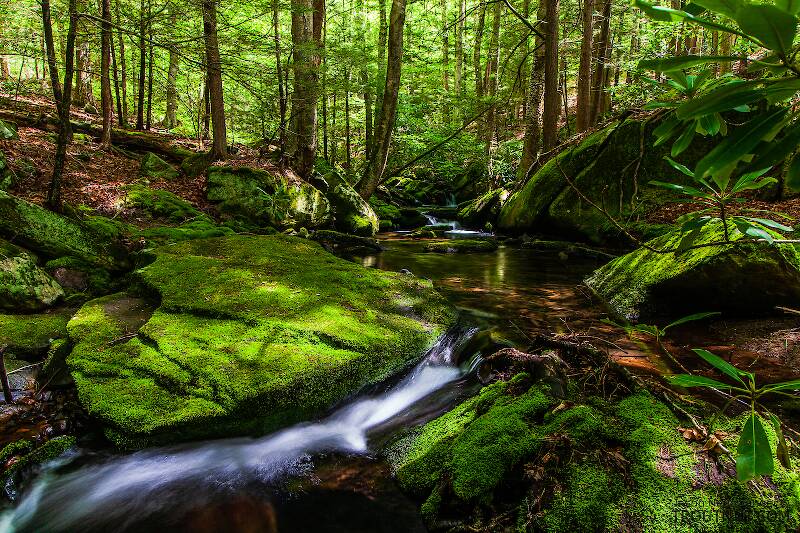
Blue-winged Olives
Baetis
Tiny Baetis mayflies are perhaps the most commonly encountered and imitated by anglers on all American trout streams due to their great abundance, widespread distribution, and trout-friendly emergence habits.


Fly Fishing and Trout Prey Videos
Fly Fishing and Trout Prey Videos
One of the most important things to a choosy trout is the one thing my close-up pictures can't show: motion. Fly tyers imitate motion by using lively materials, and fly anglers imitate it with subtle rod-work, but both need to understand how the real critters move. Most of these were shot long ago with an ancient digital camera.
These nymphs may be the best swimmers of all North American mayflies.
This little Ephemera nymph swam around for a while and tried to burrow into the sand in my photography tank.
Damselfly nymphs are among the most effective invertebrate predators in freshwater. You have to see one in motion to get a feel for their slow, deliberate style of stalking.

